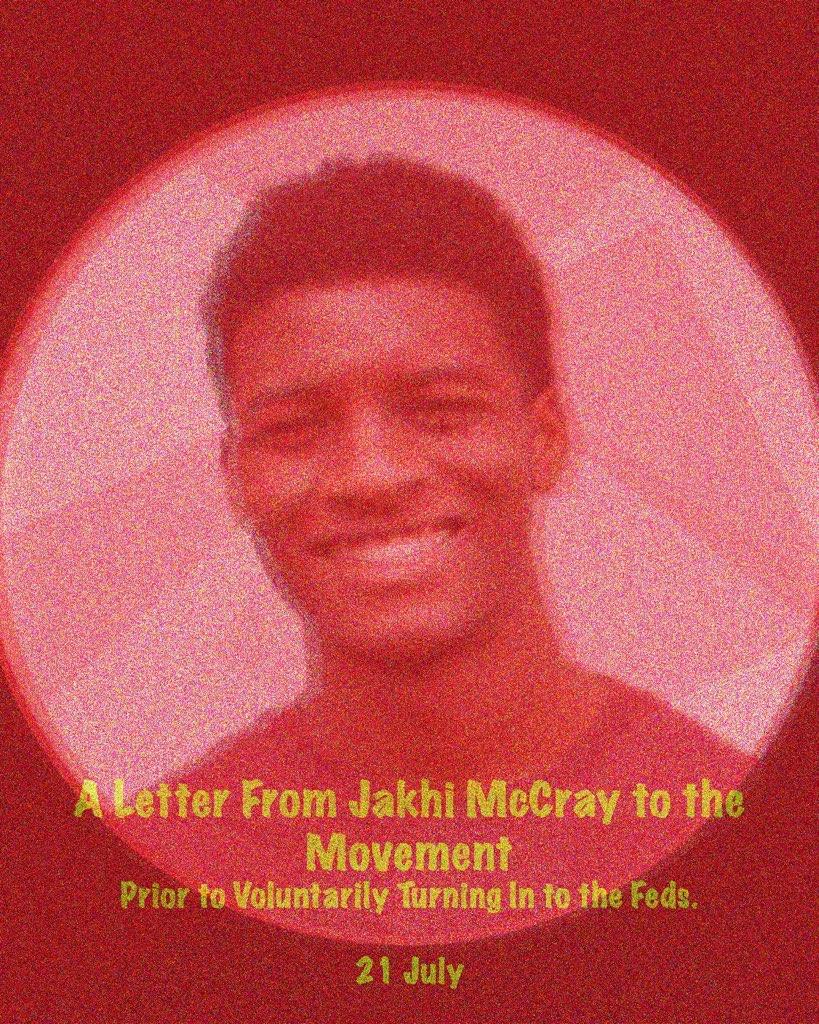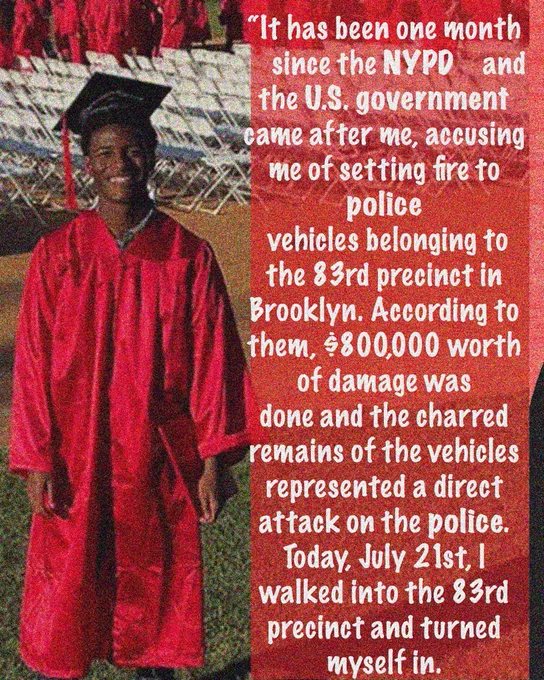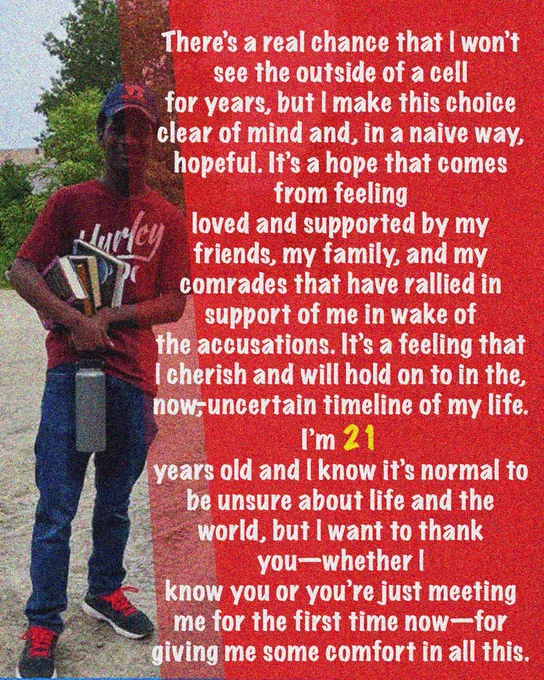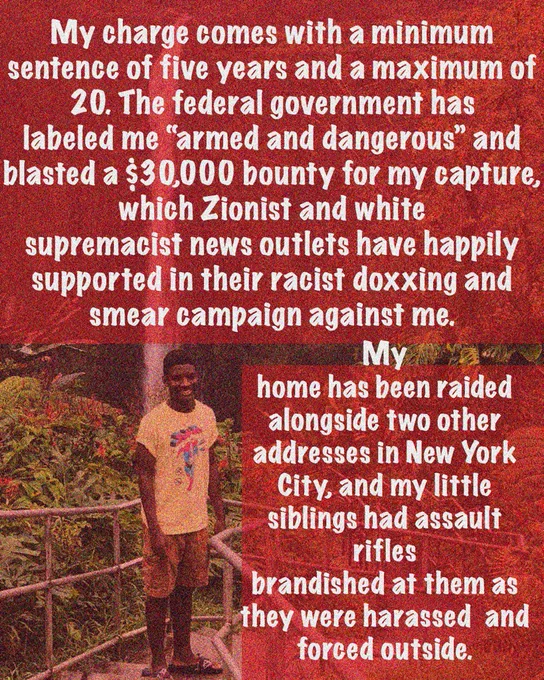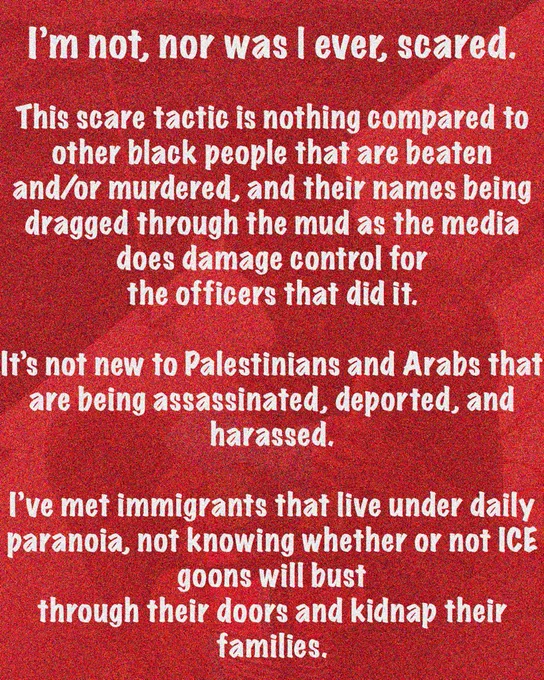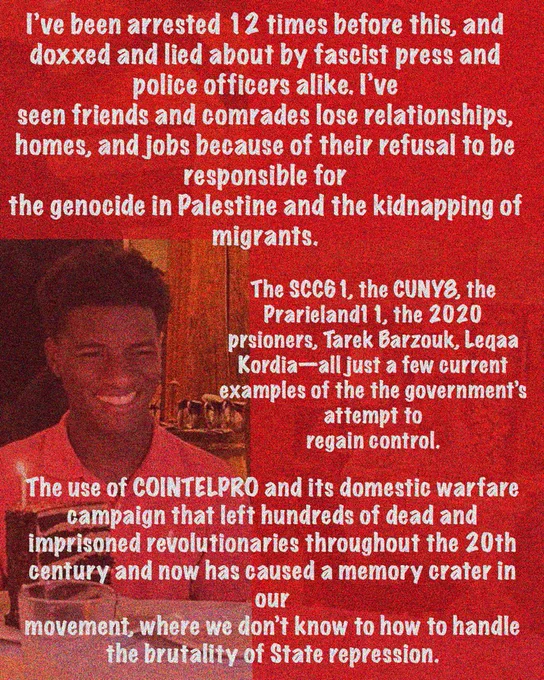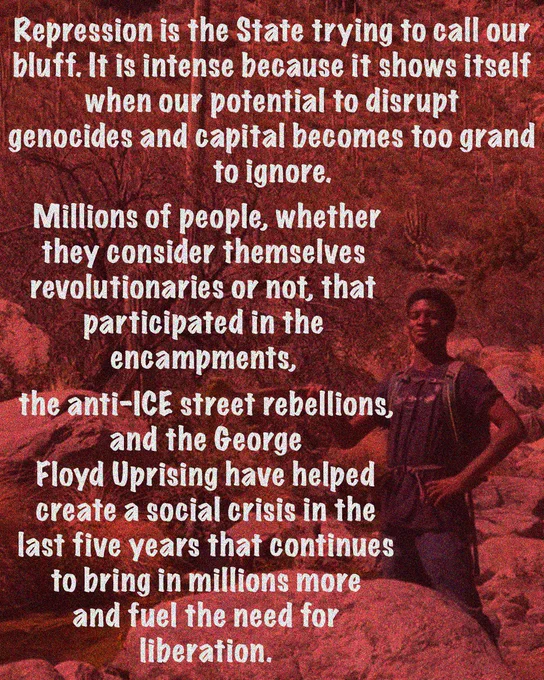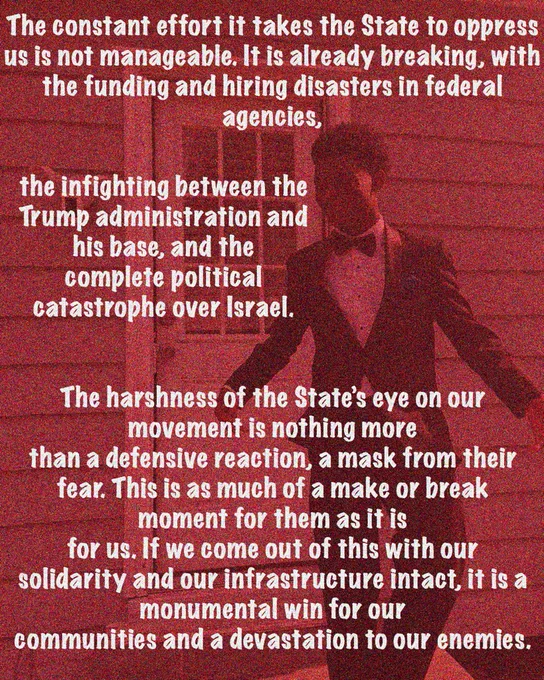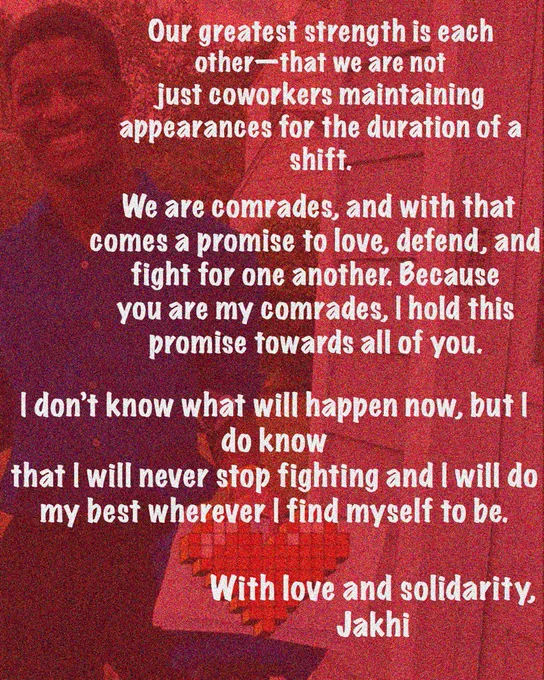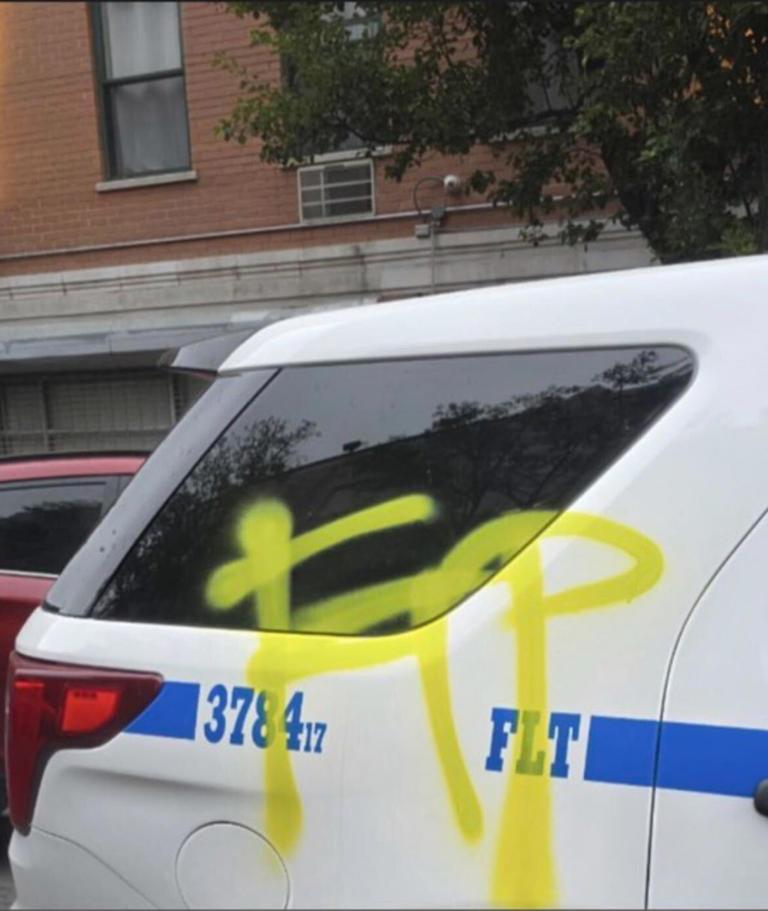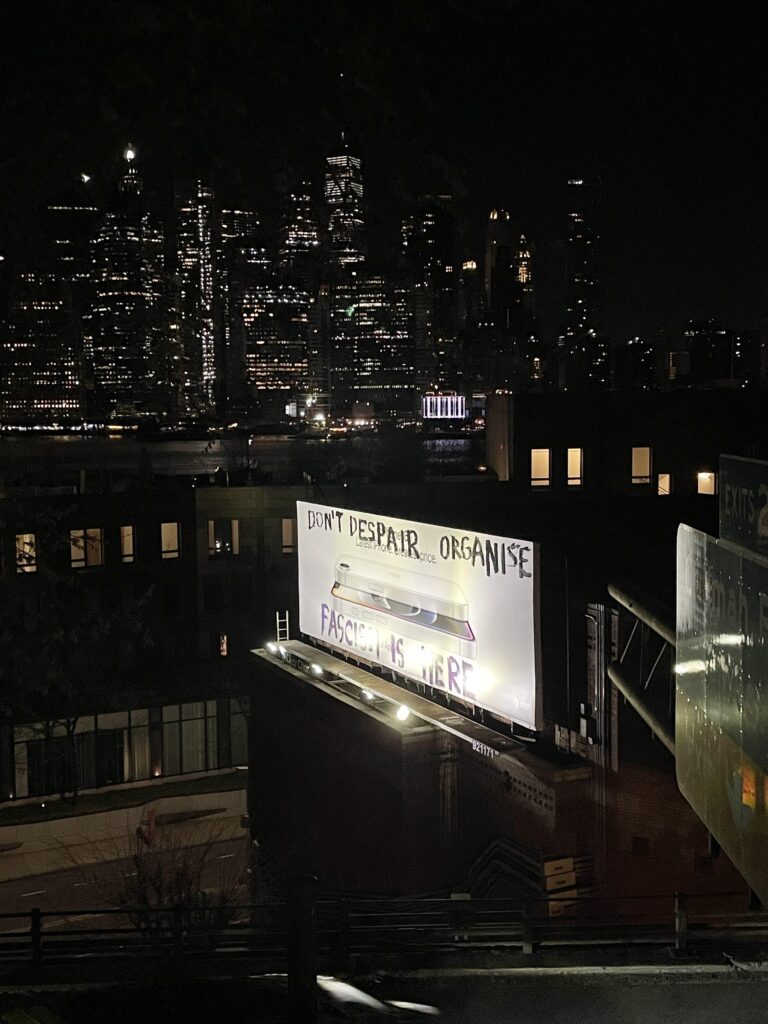ICE’s mass raid of Canal st on Saturday November 29th was bamboozled by rapid response / icewatch groups & normies on the street. This is a reportback about that.
Background:
In the week prior to the raid, community rapid response groups / anti-ice patrols somehow heard that ICE was planning another Canal St operation that would be larger than the first, potentially utilizing hundreds of feds to carry it out. These rapid response groups, though having existed in different iterations since the 2010’s, have had a much more crystallized, effective mode of organizing in the past several months. Most of these groups recently have used autonomous / decentralized methods of organization largely organized by geographic location. While there are formalized “ICE watch” orgs, most are fairly informal and don’t have any social media or other public presence. Through these different groups, there has been a city-wide effort at coordinating for sharing of resources (plate data etc) & for sharing confirmed ICE raids for rapid response. Mentioning this in regards to the Saturday raid is important because while it’s been categorized in the media as a “protest” that people responded to due to a call on social media, that’s really not the case, at least from this perspective.
The broader context for ICE raids in New York is that while ICE has been active, it hasn’t looked the same as many other large cities. For the most part, DHS/ICE has made small snatch and grabs across the boroughs, and notably many arrests in and around the immigration court system in Manhattan. The last attempt at a “flood the streets” mass scoop-up raid was around a month prior, and was also on Canal St targeting vendors there. That one was successful for them in that ICE was able to make several deportation arrests and also have a big photo op, propaganda win of “cleaning up dirty NYC.” That said, there was a community response to that raid as well and it ended with large groups of people chasing the feds back to their house at Federal Plaza. The response to that raid was much more spontaneous and reactive than the most recent one.
Events on Saturday
Due to groups of activists becoming aware of the potential raid, Federal Plaza was likely surveilled to confirm the deployment of ICE cops into the city for staging. The morning of, lots of community activists set to informing vendors & other people near Canal that a large ICE action was imminent. This was the main purpose for people being on Canal, not a demonstration or denunciation of what was about to happen. That said, after that work was complete many people began to gather at a government garage that it had been discovered that ICE was staging at.
At this time, there was no NYPD presence directly around the garage, but it was clear that there were many city cops staged in the area and had been made aware of the raid and asked to do crowd control by ICE. As the morning went on, people on the street also began joining the crowds outside the garage, and at some point a call had gone out on social media that likely brought people out as well. At one point ICE opened the garage door to assess the situation, and the crowd began chanting “ICE OUT OF NEW YORK.”
Very soon after the door opening, soft barricades of trash cans, traffic cones and other trash started appearing in the driveway behind the crowd. NYPD was on the scene at this point, and over the next hour began getting between the Feds & the crowd and started making space for the Feds to potentially egress. While confrontation between NYPD & the crowd starting happening, in the area up the street from the garage a construction dumpster started being unloaded of its contents onto the street. In addition, there were other trash cans, pallets, etc. that moved themselves to be along the potential route of exit to Canal.
This siege continued for several hours, with the ICE agents being trapped inside the garage from 10AM until the early afternoon. NYPD made several arrests in this time, but were largely focused on erecting their barricades to split the crowd in 2-3 groups and prepare the street for the convoy of feds to leave. As time went on it became clear that if ICE was going to attempt a raid anywhere near in Lower Manhattan / Chinatown, these crowds would follow.
When the cars finally began to exit the garage, several brave people sprinted to jump in front of the convoy. This slowed it down enough for other people to begin dragging shit into the street to further hamper the convoy’s exit. The convoy made it to Canal street, and it was extremely chaotic. SRG did their best to be next to them / around them and make arrests and clear the street of trash. While on Canal christmas trees, pallets, trash cans, ad signs, clay pots and more were thrown quickly in the way of the vans. In addition, projectiles were thrown from afar at the vehicles.
Eventually the convoy split in 2 parts, with half going back to Federal Plaza and the other half (mostly the white vans) heading for the Holland Tunnel to Jersey. After the action had ended, community groups continued to monitor canal st / fed plaza in case the feds tried to return. In addition anti-ice patrols happened with increased capacity for the rest of the day and the next in case they tried to do a raid in a different borough. NYPD made about 10 arrests throughout the day, and charged 2 of those people with assaults on officers. For the amount of things that happened and the amount of people that were there, this is a relatively low amount of arrests.
This action seemed to be a huge win for those who have been working hard at building community infrastructure to respond to impending ICE action in NYC. It was encouraging as fuck and really cool to see.
Fuck ICE and the next time they pop their heads up lets hope motherfuckers whack em again. Pretty sure ICE got their tires slashed on Staten Island recently, that is very cool.
Submitted anonymously.

